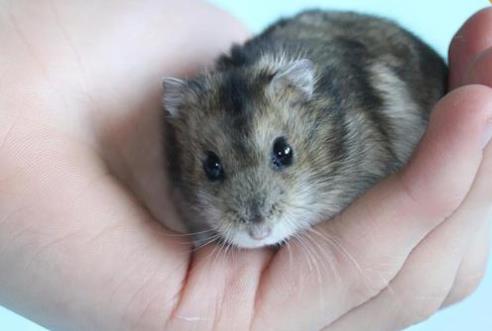Here’s a comprehensive guide to scientifically raising hamsters, covering their needs in terms of environment, diet, health, and interaction:

I. Basic Environment Setup
Choosing a Cage
The cage should be spacious (at least 50×30cm). Avoid wire cages to prevent foot injuries.
For bedding, wood shavings or paper cotton are recommended (4–5cm thick in summer). Change the bedding regularly to reduce odors.
Temperature Control and Ventilation
Maintain an environment temperature of 20–28°C. Keep the cage away from direct sunlight or strong winds.
In summer, you can place a frozen mineral water bottle to cool the area; in winter, use a heating pad for warmth.
II. Diet Management
Staple Food and Water
Feed a specialized hamster diet (use formula for young hamsters if applicable), supplemented with small amounts of fresh fruits and vegetables (such as carrots and apples).
Provide boiled or purified water, and clean the water bottle daily.
Forbidden Foods
Avoid high-moisture fruits (e.g., watermelon), human medications, and unboiled water.
Treats like sunflower seeds and mealworms should be given in moderation to prevent obesity or diarrhea.
III. Daily Care
Grooming
Use sand baths instead of water baths. Replace the bath sand 1–2 times a week.
Thoroughly clean and disinfect the cage every 1–2 weeks, and clean the litter area daily.
Health Monitoring
Observe their droppings (normal ones are dry and pellet-shaped), appetite, and activity levels.
Provide a chew stone or apple sticks if their teeth grow too long.
IV. Interaction and Safety
Taming Tips
Avoid forcing them to be held initially. Use food to help them get familiar with your scent.
Interact with them for 10–15 minutes daily, and avoid disturbing their rest at night.
Risks of Co-Habitation
Hamsters are solitary animals. Keeping them together can lead to fatal fights, so they must be housed separately.
Notes
A running wheel is essential (with a diameter of ≥20cm) to prevent cage paralysis and depression.
Avoid using ice nests (condensation causes dampness) or relying excessively on ice pads.
By following this comprehensive management plan, you can significantly improve your hamster’s quality of life and lifespan.
